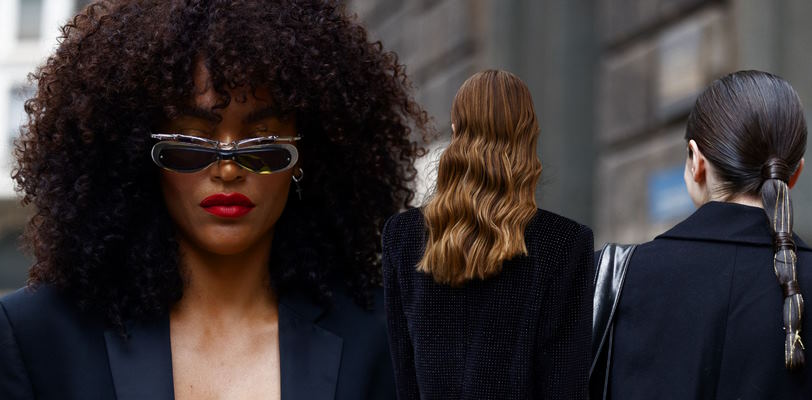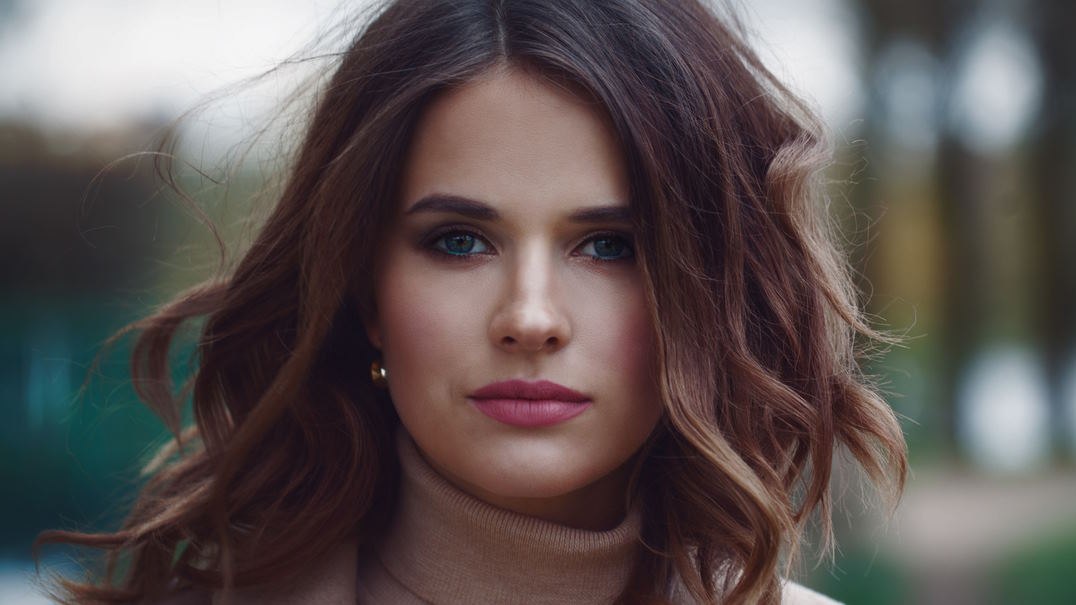
A Discussion Of How Cultural Trends Influence Hairstyle Choices
Hairstyles have long been a means of personal expression, allowing individuals to showcase their personality, creativity, and cultural identity. From the intricate braids of the Maasai people in Africa to the punk hairstyles of the 1970s, hairstyles have been used to convey cultural and social messages throughout history. In today’s society, cultural trends continue to have a significant influence on the choices people make when it comes to their hairstyle. The way we wear our hair can reflect our cultural heritage, social status, and even our political beliefs. In this article, we will discuss how cultural trends influence hairstyle choices and the impact that these choices have on individuals and society. We will explore the historical context of hairstyles as a representation of cultural identity, the influence of contemporary cultural trends on hairstyle choices, societal pressures, and the impact on individual expression.
Modern cultural trends and their influence
In today’s fast-paced and interconnected world, cultural trends are constantly evolving and influencing various aspects of our lives, including our hairstyle choices. From celebrities to social media influencers, people look up to those who set the latest fashion and style trends. As a result, people often adopt and adapt hairstyles that are popular among different cultural groups.
For example, the natural hair movement has gained significant momentum in recent years, particularly within the African American community. More and more individuals are embracing their natural hair texture and opting for styles that celebrate their cultural heritage. Bantu knots, twist-outs, and afros are some popular hairstyles associated with this trend.

Similarly, the Korean pop culture trend has been influencing the global hairstyle industry. K-pop hairstyles, such as the “Korean perm” and the “two-block cut,” have become increasingly popular among young people around the world. These hairstyles are characterized by their edgy and asymmetrical cuts, often with bright, bold colors.
It is worth noting that cultural appropriation can occur when individuals adopt cultural hairstyles without acknowledging their cultural significance. For instance, some non-Black individuals have been criticized for wearing cornrows, which are traditionally associated with Black culture. Therefore, it is important to approach cultural trends with sensitivity and respect.
Societal pressure and the impact on individual choices
While cultural trends can influence hairstyle choices, societal pressure and expectations also play a significant role. Hairstyles are often associated with certain societal norms, and individuals may feel pressured to conform to these expectations. For instance, in some workplaces, certain hairstyles may be deemed unprofessional or inappropriate.
However, cultural trends can also challenge these societal expectations. The natural hair movement mentioned earlier is a prime example. Historically, natural Black hair was often stigmatized, and individuals felt pressure to straighten their hair to conform to Eurocentric beauty standards. The natural hair movement challenged this norm and encouraged individuals to embrace their natural hair texture.

Navigating societal pressure and cultural expectations can be a difficult task for individuals. Some may choose to conform to societal expectations to avoid discrimination or judgment. Others may choose to express their individuality through their hairstyle choices, even if it goes against societal norms.
One way individuals can navigate these expectations is by educating themselves and others about the cultural significance of different hairstyles. This can help to promote cultural understanding and respect. Additionally, individuals can seek out workplaces and social environments that embrace diversity and promote individual expression.
In conclusion, societal pressure and expectations can have a significant impact on hairstyle choices. Cultural trends can both reinforce and challenge these expectations. Individuals can navigate these pressures by educating themselves and others and seeking out environments that promote diversity and individual expression.
